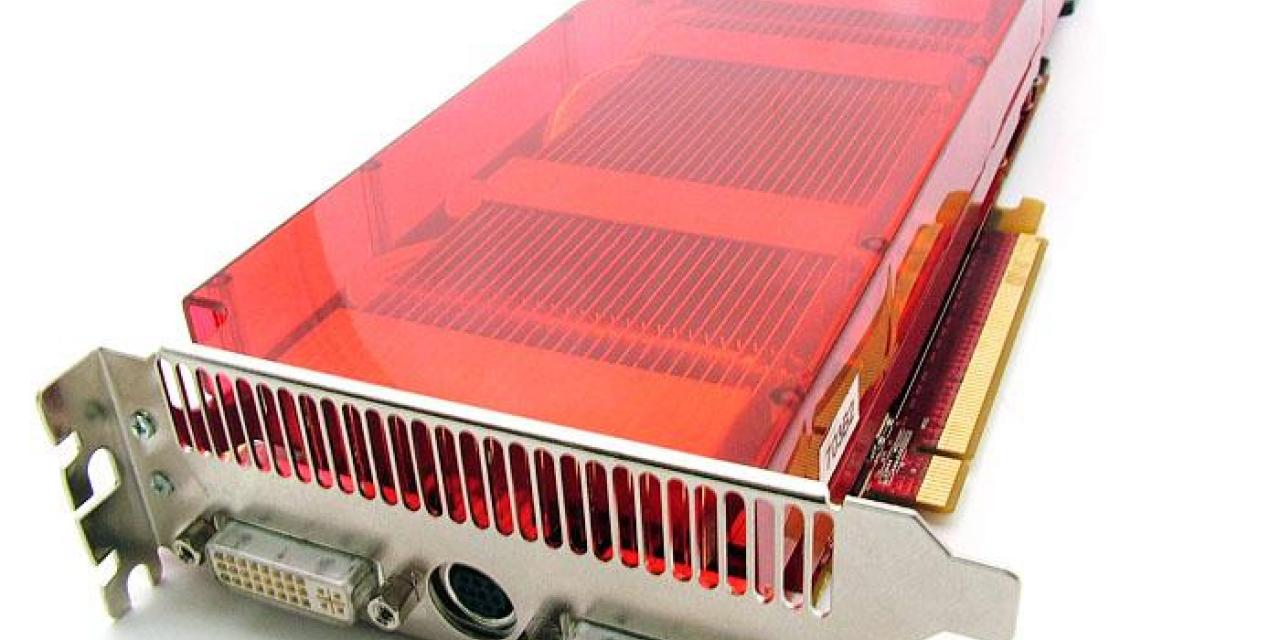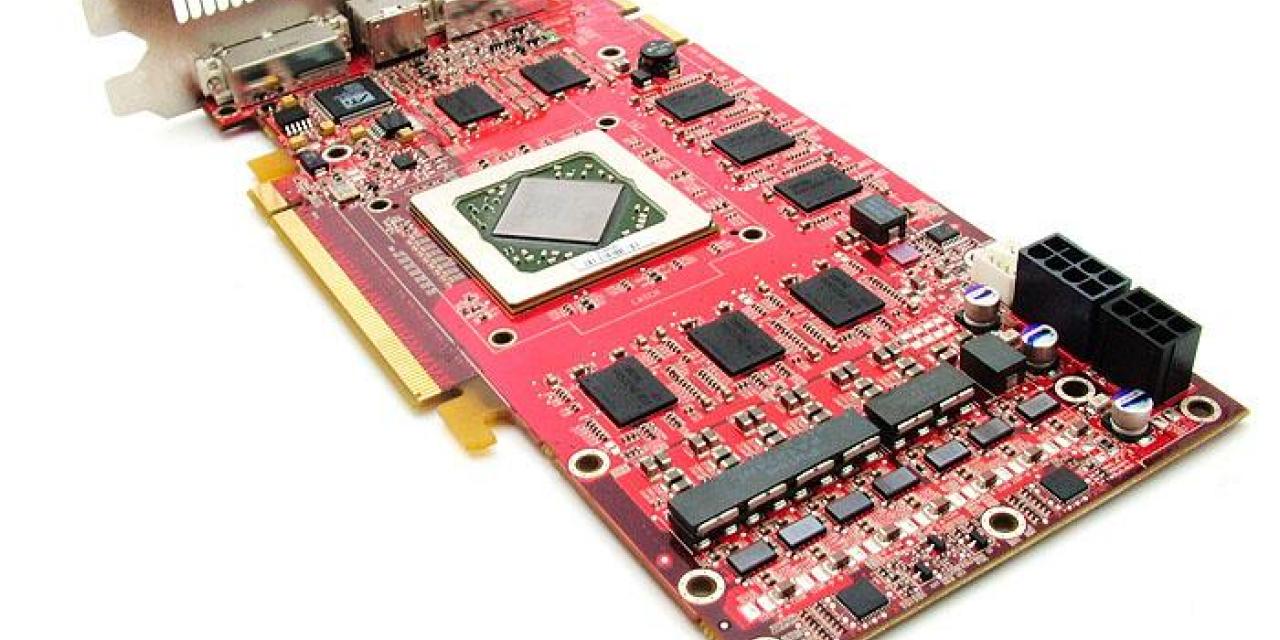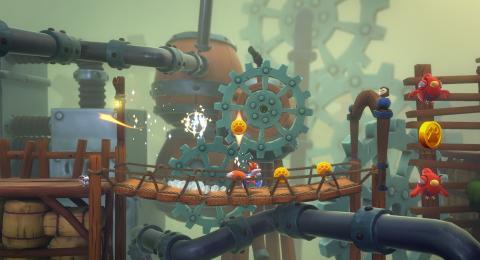

Following our recent revelations regarding the specs of ATIs DX10 beast and the new nomenclature, we can now offer you some further, quite impressive, details regarding the abilities of the R600.
The R600 becomes all the more impressive when you consider that its design marks a departure from traditional architecture and introduces a new philosophy to graphics card manufacture. The most obvious change is the introduction of Unified Shader Architecture; the method of using all 64 available shaders for either pixel or vertex purposes or for a combination of both. Considering that you will now have 64 shaders, compared to the previous maximum of 48, and the increased flexibility of the Unified Shader Architecture, performance should greatly improve.
The new cards will be manufactured using both 80 and 65nm techniques although ATI has not clarified how or why the cards will be split in such a way.
There have also been references to the R600 utilizing GDDR 4 although it is not clear if that type of memory will feature in boards later on in the product cycle of the R600.
Being a DX10 product the ATI Radeon HD 2xxx range will fully support, and be supported, by the Windows Vista OS while the GPU clock speeds are unlikely to increase greatly compared to the company's current high-end boards.
Finally one big surprise is expected if ATIs new design concept proves worthwhile. The flexibility of the design may allow for the GPU to perform additional tasks such as hardware physics. It is not yet clear if physics support will be implemented from day one or what kind of support ATI has secured from developers but this is an idea which the company has been championing for some time now so expect more news as the R600 launch approaches.
AMD has named its upcoming ATI Radeon DirectX 10 product lineup. The new DirectX 10 product family will be the ATI series.
On top of the chain is the ATI Radeon HD 2900 XT with an impressive 320 stream processors (over twice as many as NVIDIA's GeForce 8800 GTX) and 512-bit memory interface with eight channels.
On the mid-range is the ATI Radeon HD 2600 with Pro and XT models, while the ATI Radeon HD 2400 with its Pro and XT models will target low end systems.
The whole HD 2xxx series will support Crossfire natively, eliminating the need for the external Crossfire Dongle. The series also supports128-bit HDR rendering and 24x anti-aliasingas well as physics processing.
The whole ATI Radeon HD 2xxx family is expected to be launched within a few weeks.








